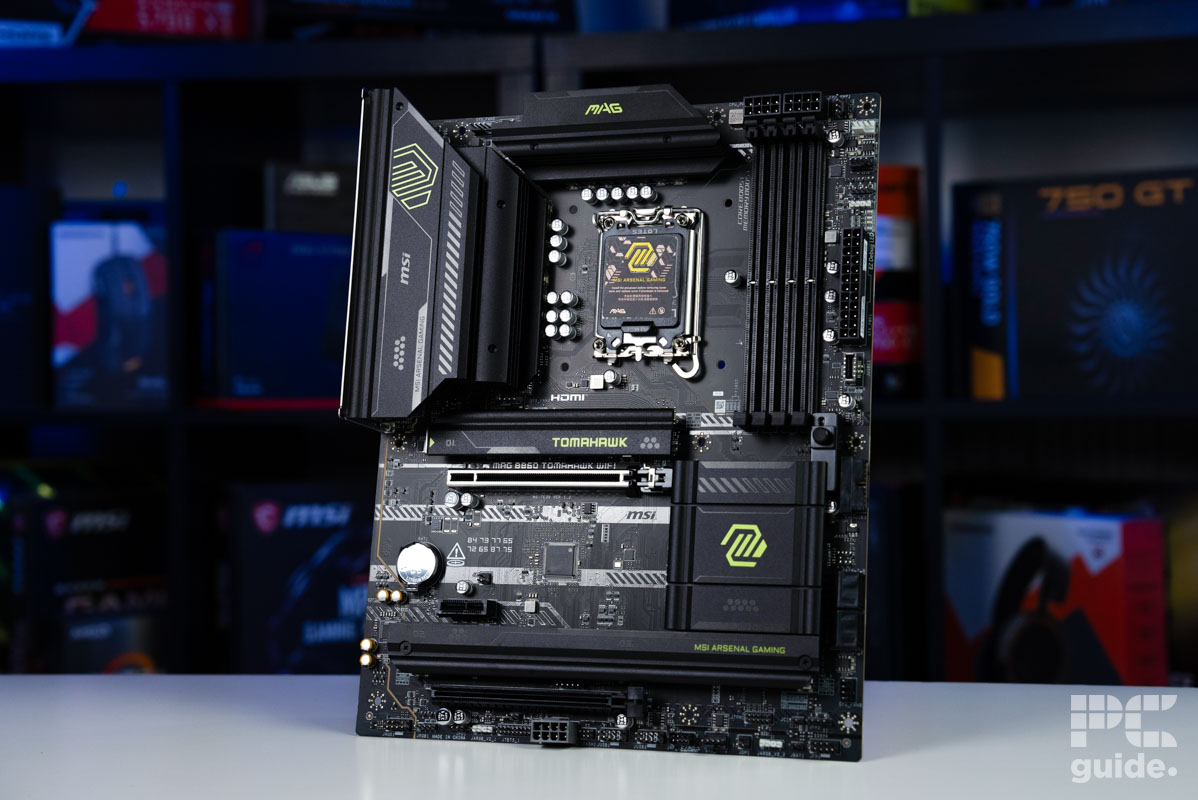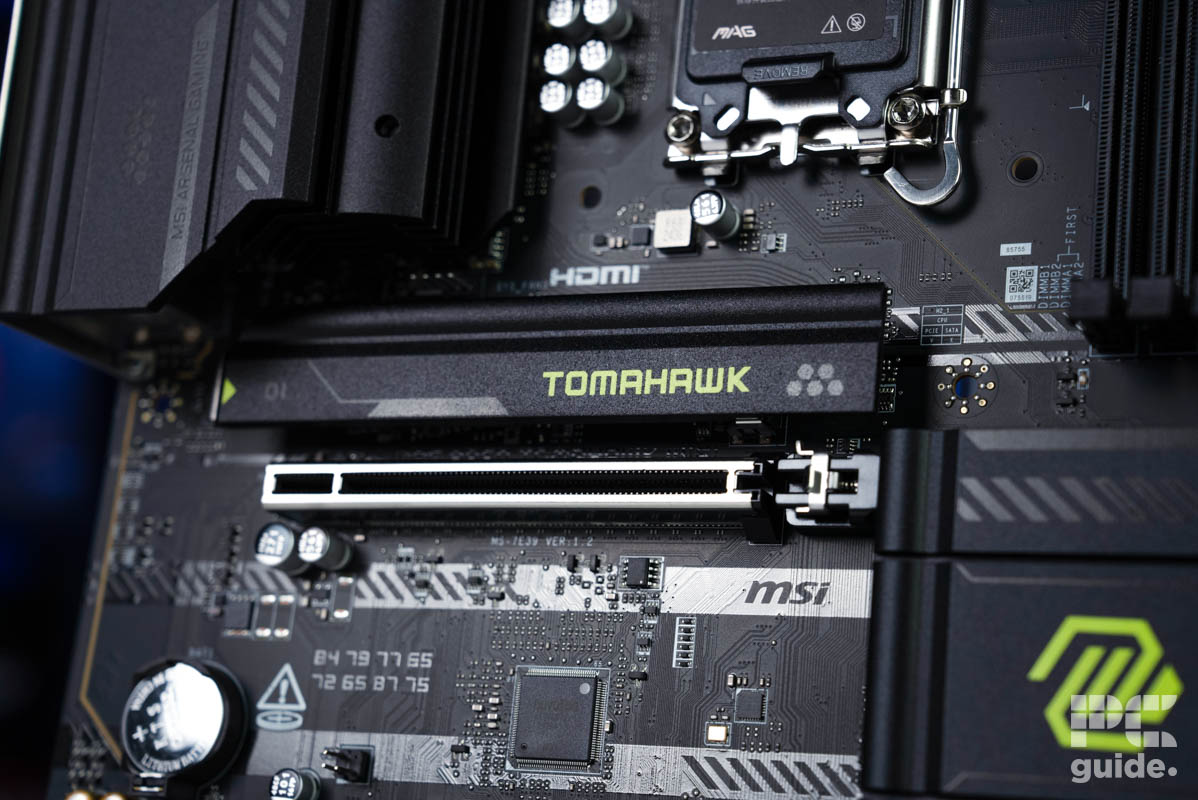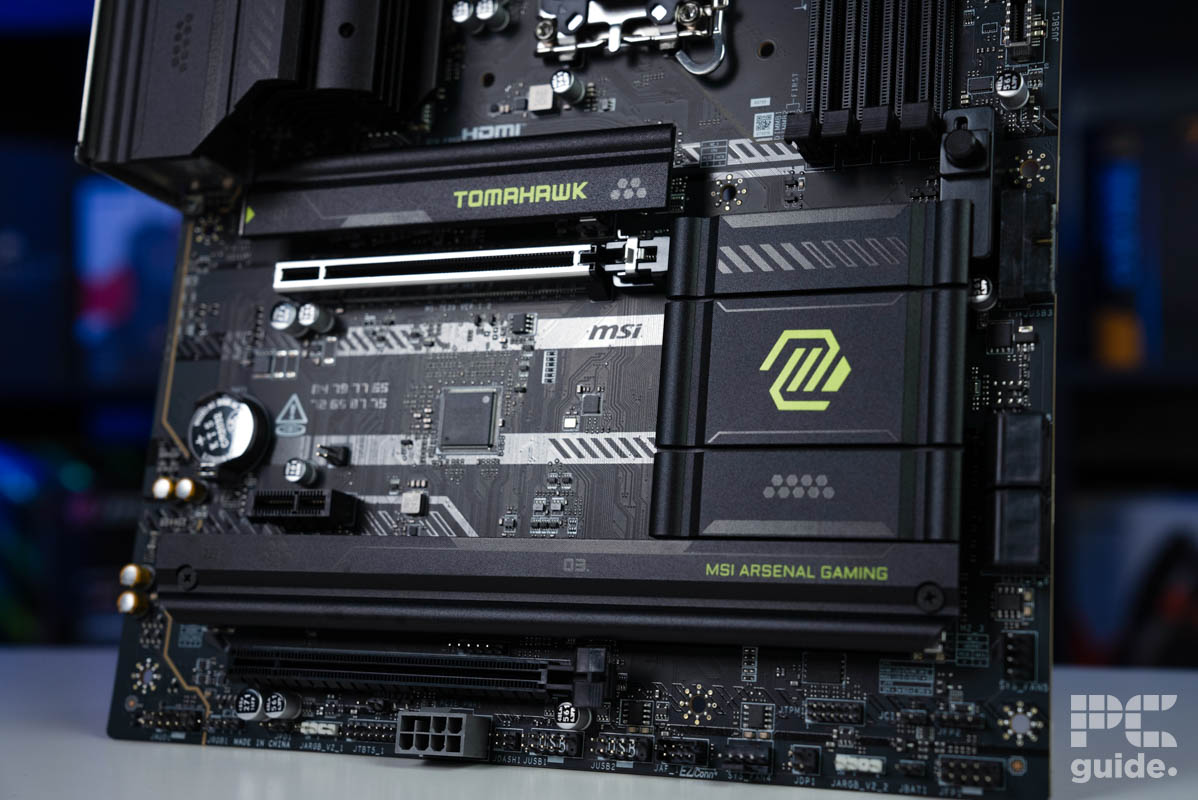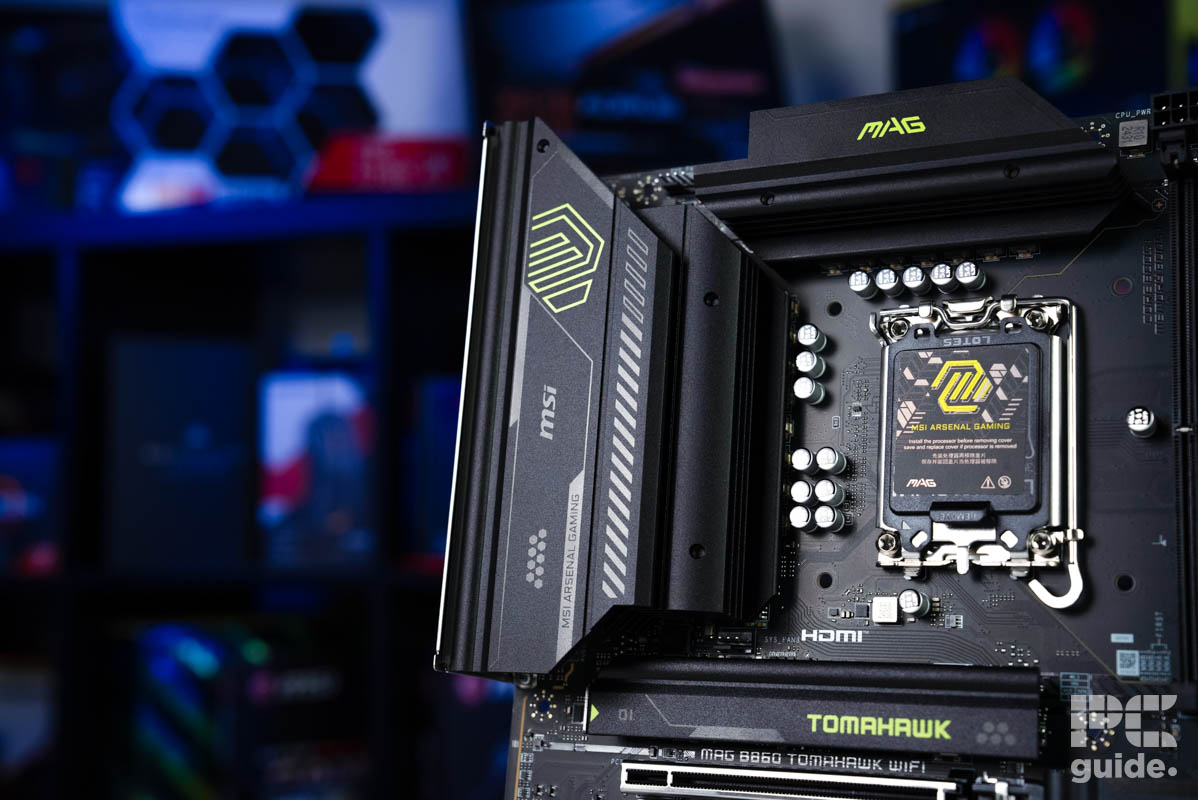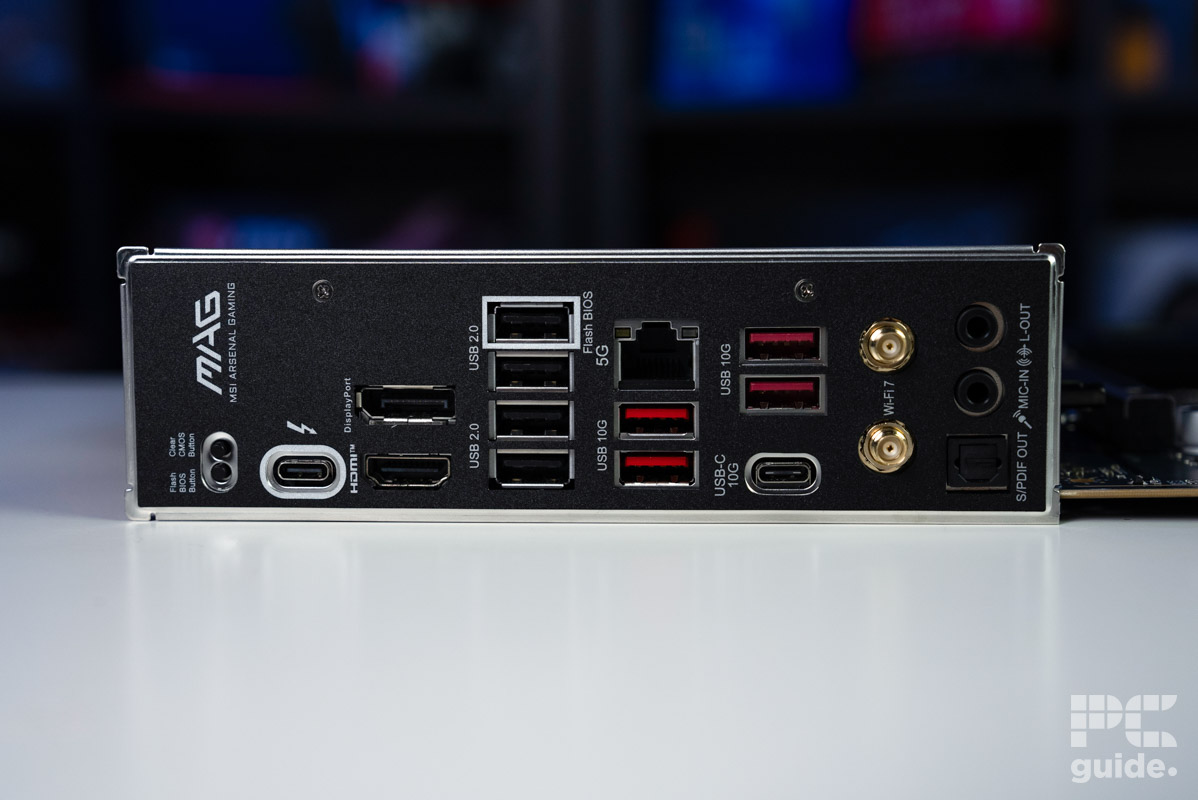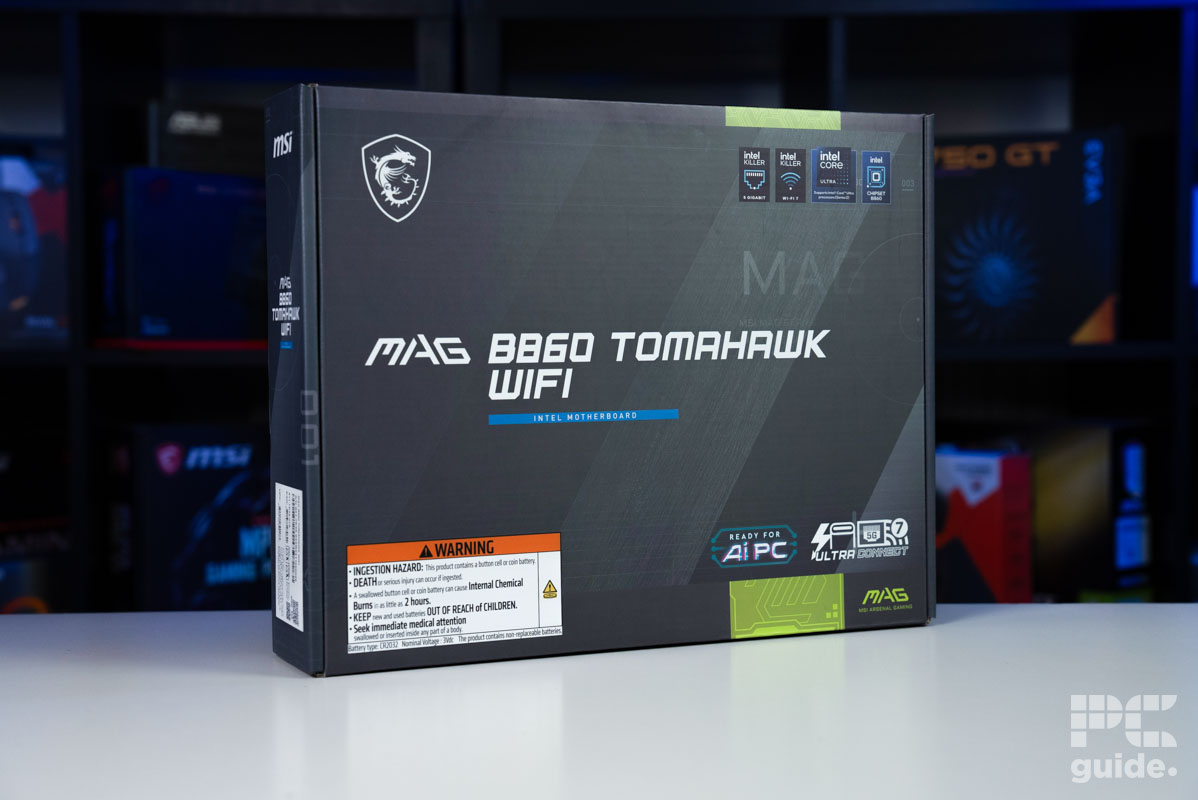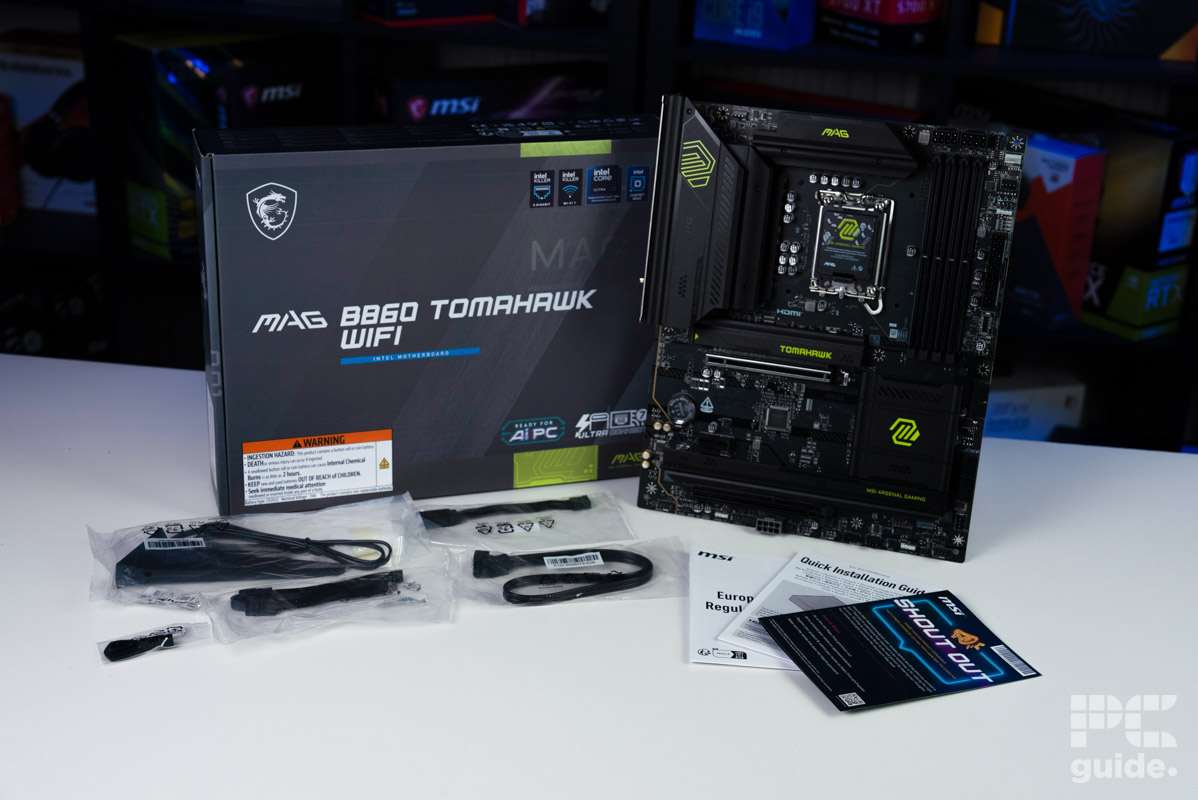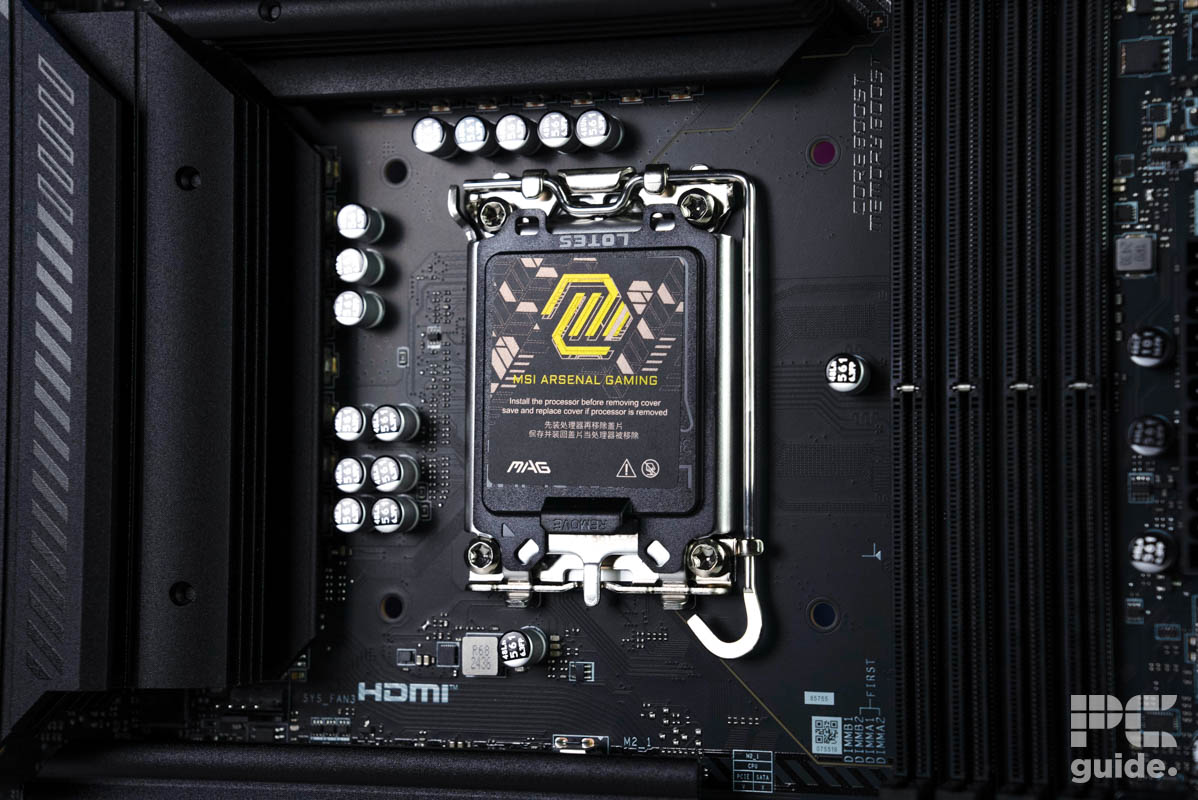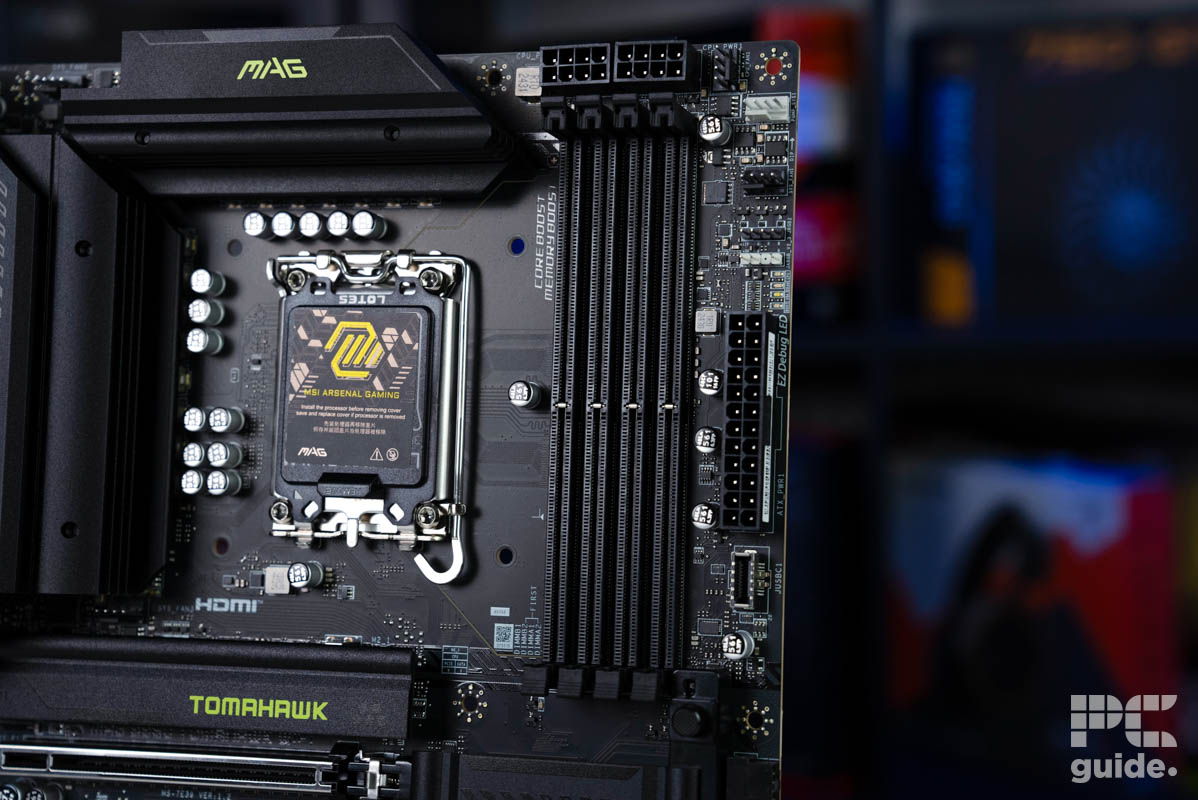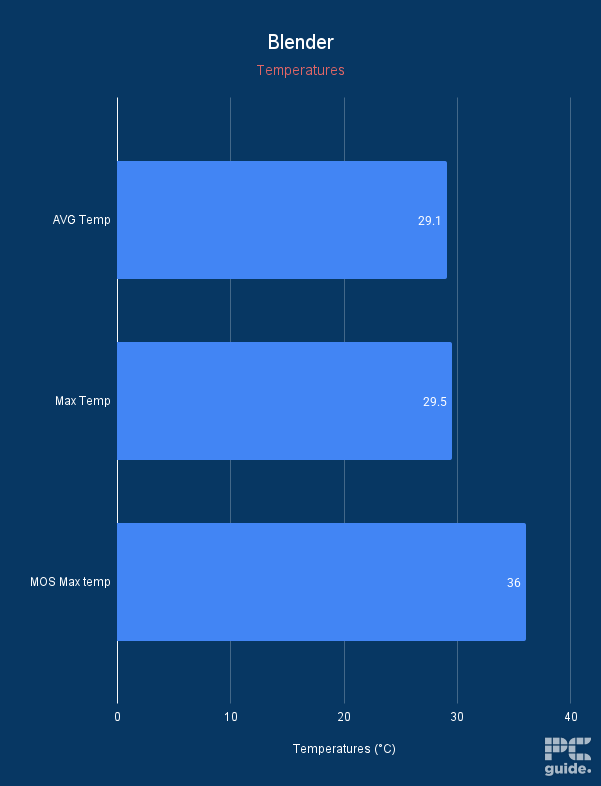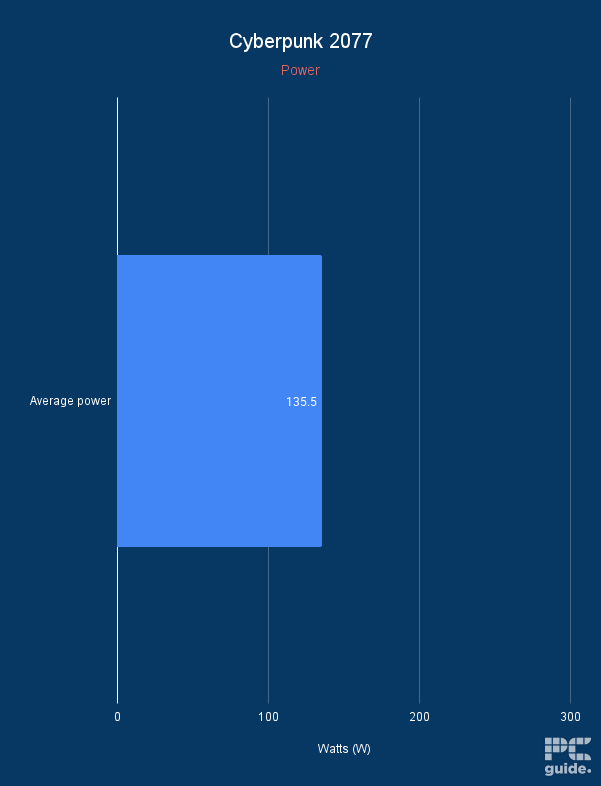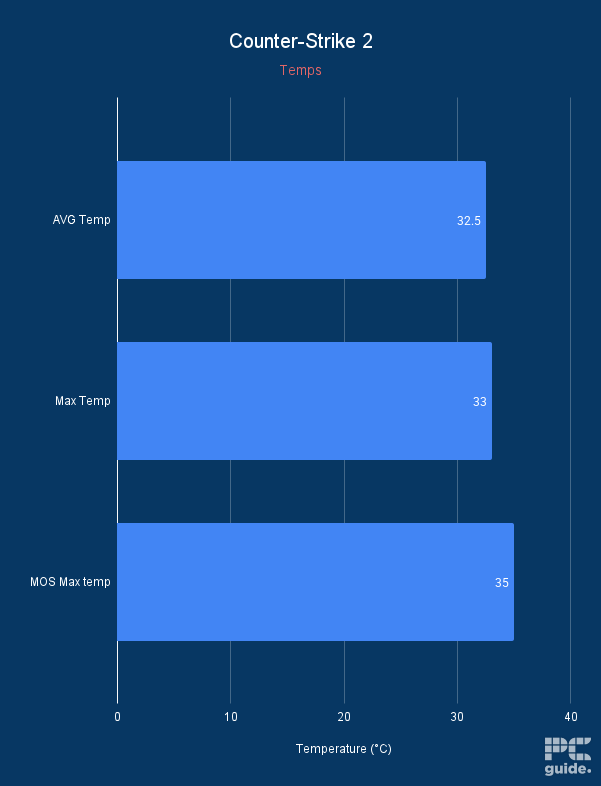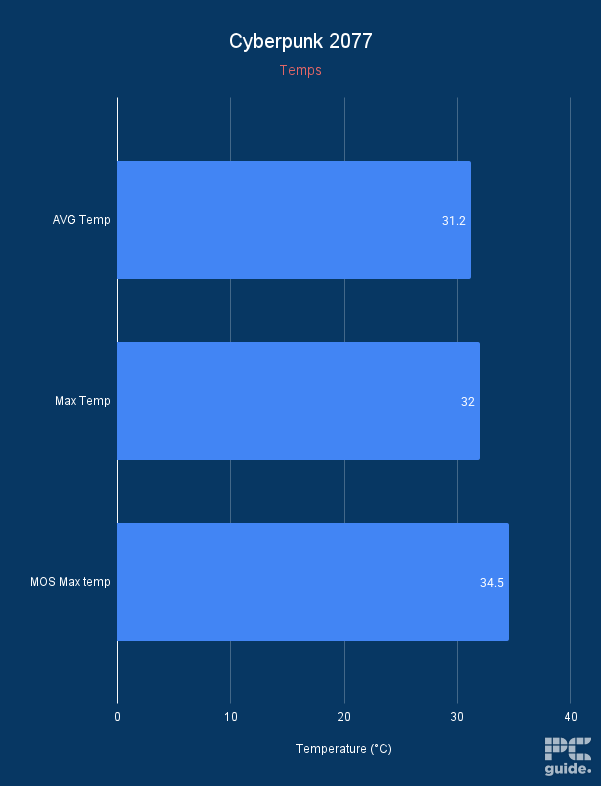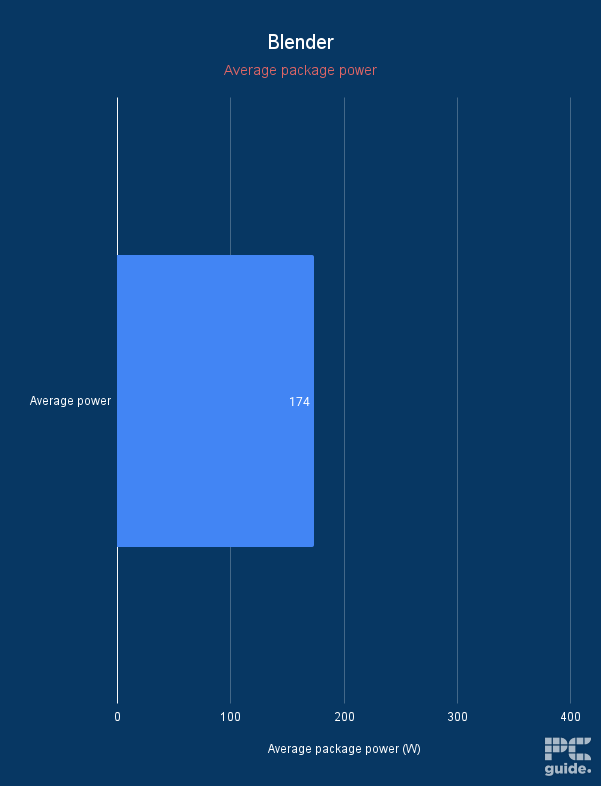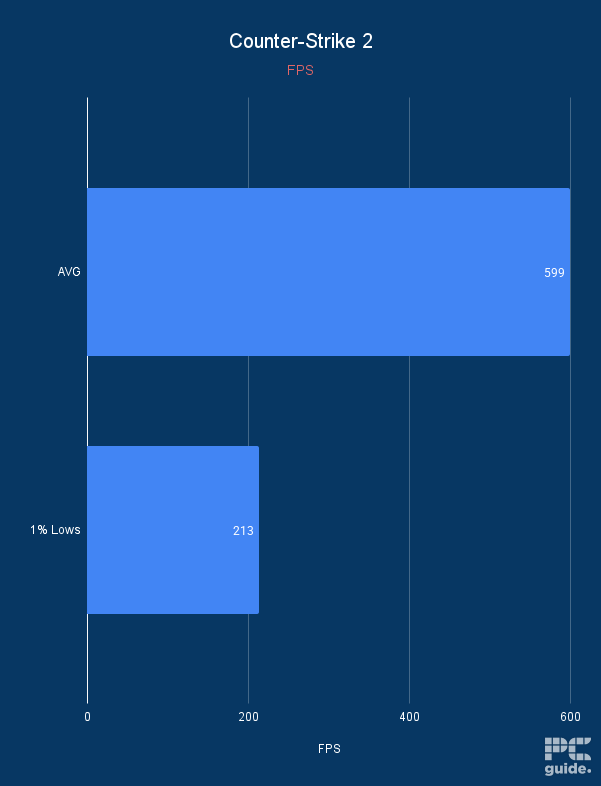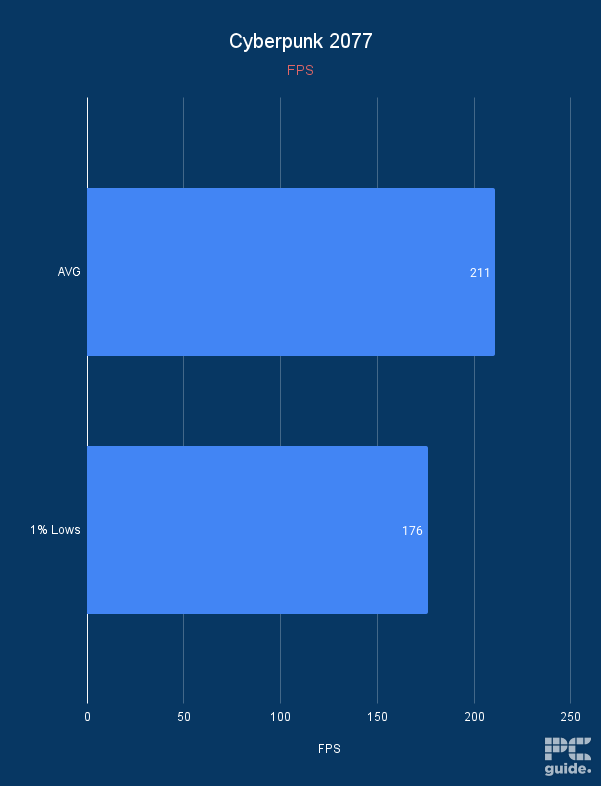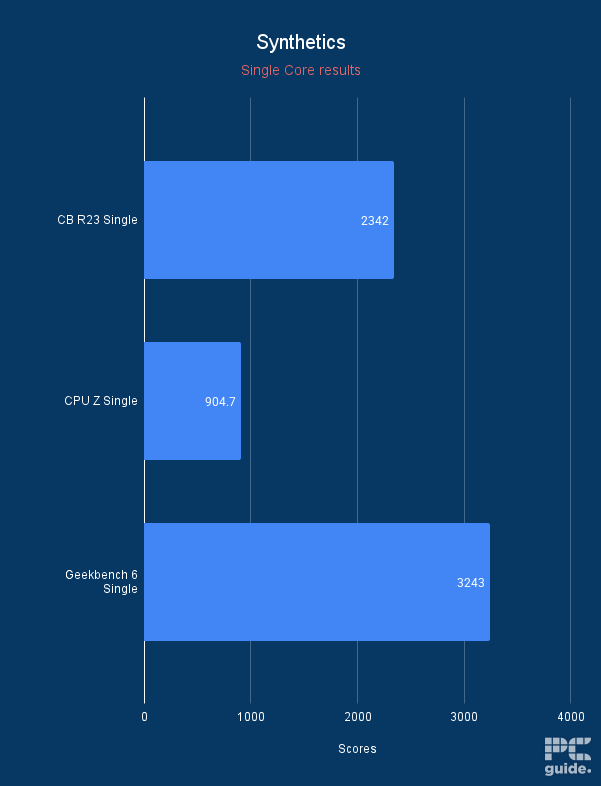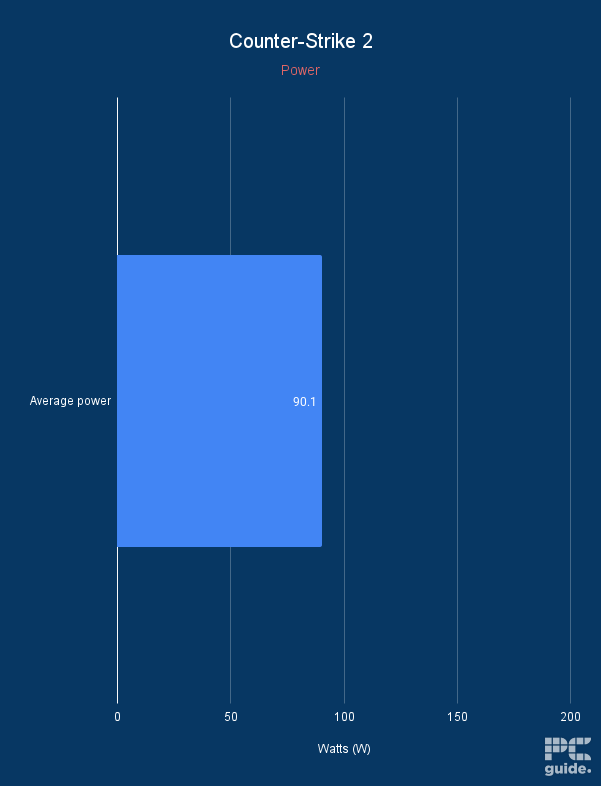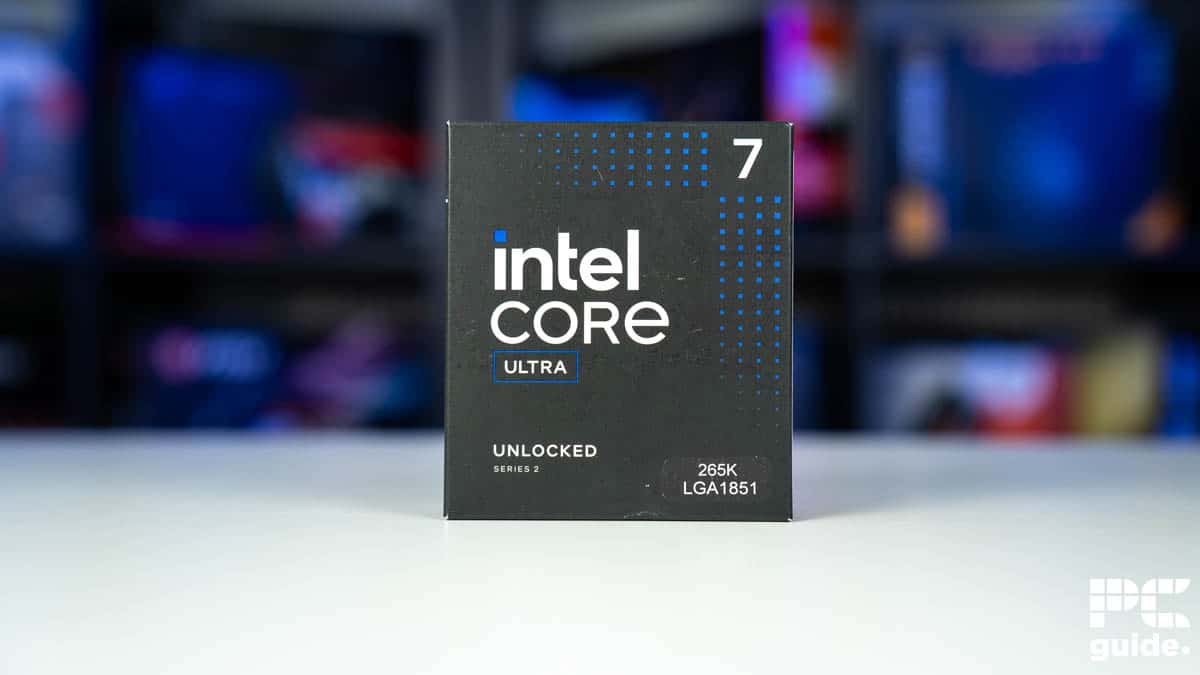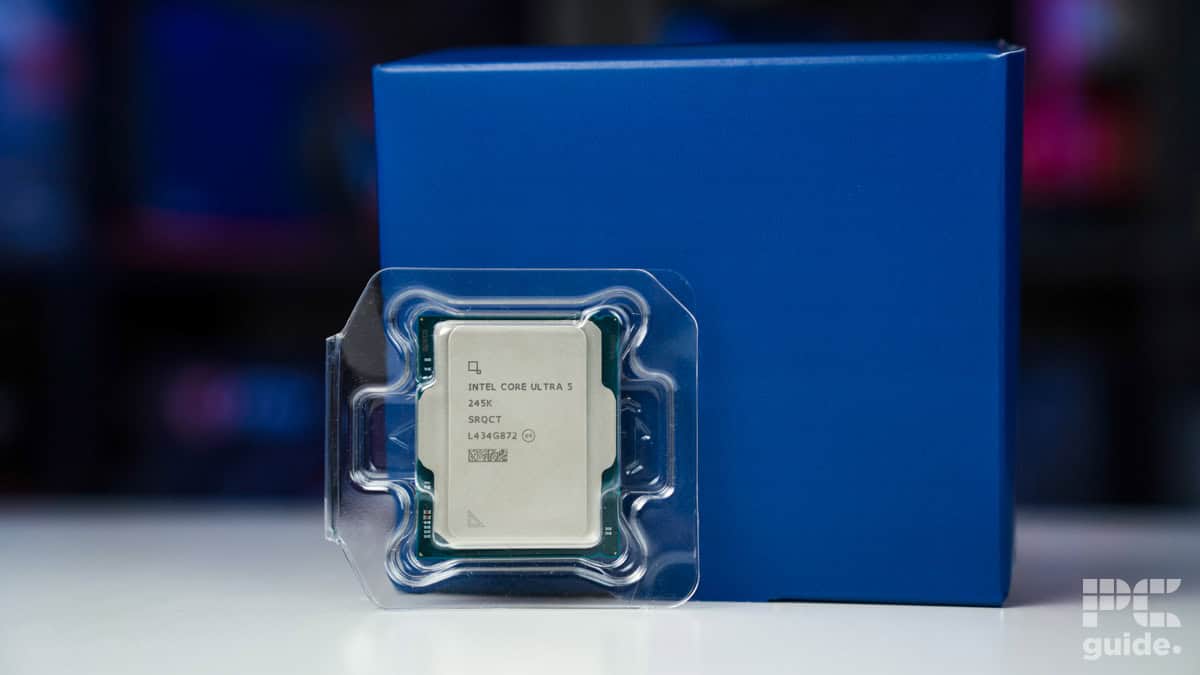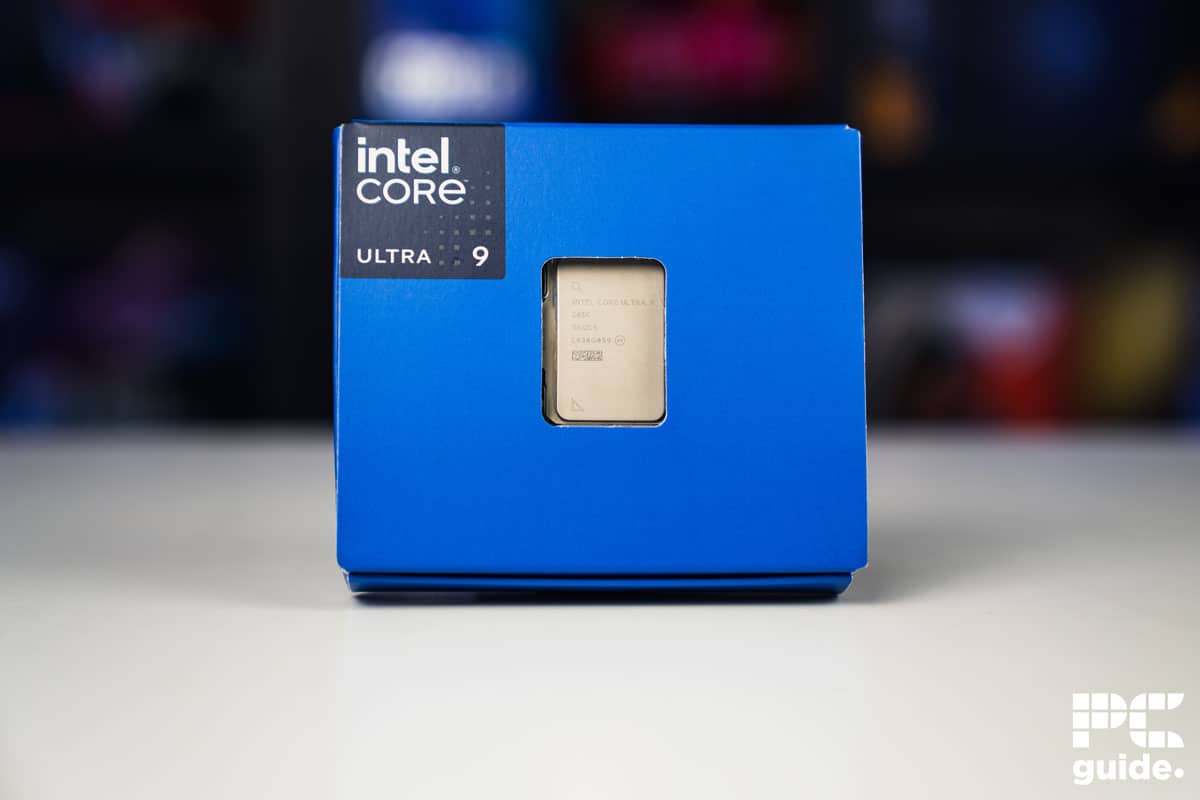MSI MAG B860 Tomahawk WiFi review: impressive performance and great value for money
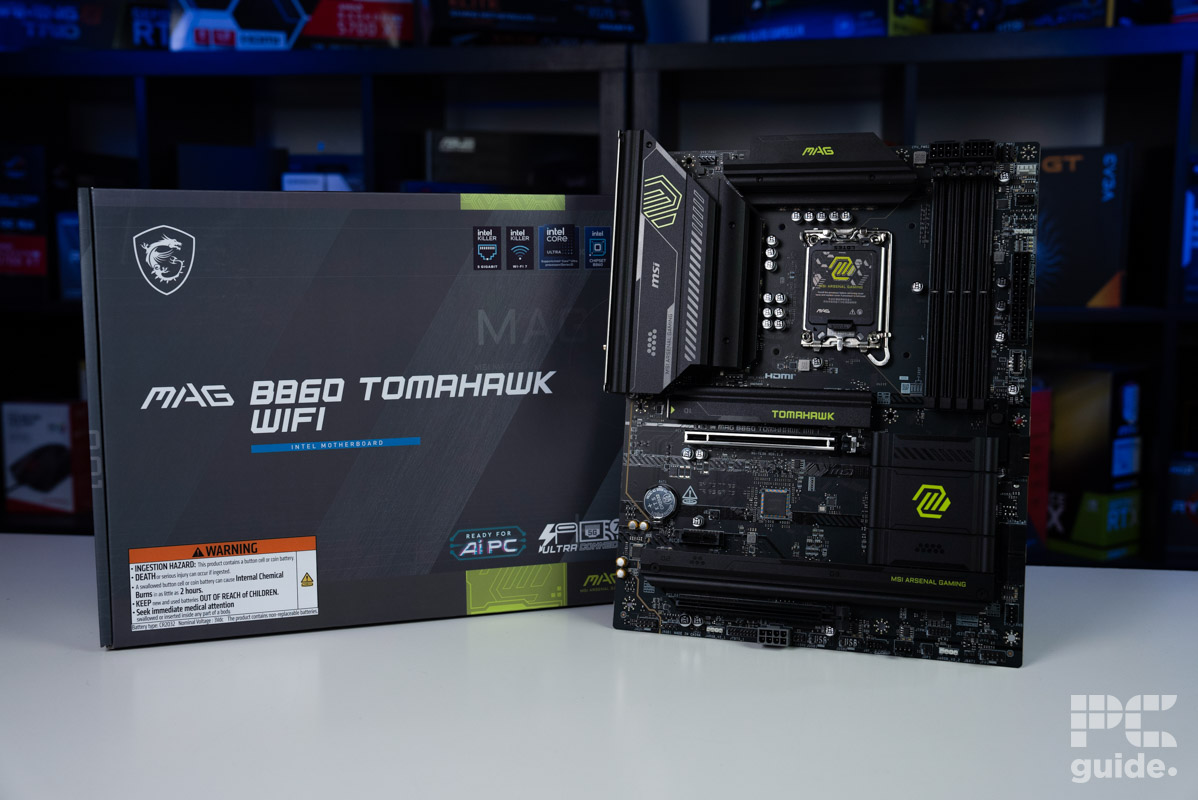
Table of Contents
A few months after the Arrow Lake-S release, Intel has a new chipset for you to enjoy and not have to splash out for the top-tier Z890 motherboards. Of course, the big question is where does this motherboard scale back? Is there much of a difference between this board and the Z890 offerings available? Here’s how I got on with the MSI MAG Tomahawk WiFi B860, and whether I think it’s worth going for.


- Socket: LGA 1851
- Chipset: B860
- Form factor: ATX
- PCIe version: Gen 5 PCIe and Gen 5 NVMe
- Memory speed: 9200 – 6400 (OC) MT/s
- Memory capacity: 256GB DDR5
The MAG Tomahawk B860 generally provides a great lower-tier option on the LGA 1851 socket. It features super fast connectivity, excellent performance, and has both an easy to use BIOS, in addition to physical EZ solutions across the board that make installation a joy. As far as an alternative to the Z890, this is an excellent option for those looking to keep costs down with out sacrificing too much on performance.
- EZ DIY solutions make installation and troubleshooting a breeze
- BIOS is simple and easy to use, with great overclocking capabilities
- Fast connectivity with PCIe Gen 5, WiFi 7, 5G RJ45, and Thunderbolt
- Great performance in temps and scores
- No debug segment display
- No power and reset buttons on the mainboard
- Basic and simple design that might not be to everyone’s taste
Design and usability
MSI’s MAG Tomahawk design is simple and straight-forward, featuring a mostly black covering with the odd flourishes of green. I thought it was super sleek and in-keeping with MSI’s clean, performance-orientated aesthetic.
Prime Day is finally here! Find all the biggest tech and PC deals below.
- Sapphire 11348-03-20G Pulse AMD Radeon™ RX 9070 XT Was $779 Now $739
- AMD Ryzen 7 7800X3D 8-Core, 16-Thread Desktop Processor Was $449 Now $341
- ASUS RTX™ 5060 OC Edition Graphics Card Was $379 Now $339
- LG 77-Inch Class OLED evo AI 4K C5 Series Smart TV Was $3,696 Now $2,796
- Intel® Core™ i7-14700K New Gaming Desktop Was $320.99 Now $274
- Lexar 2TB NM1090 w/HeatSink SSD PCIe Gen5x4 NVMe M.2 Was $281.97 Now $214.98
- Apple Watch Series 10 GPS + Cellular 42mm case Smartwatch Was $499.99 Now $379.99
- ASUS ROG Strix G16 (2025) 16" FHD, RTX 5060 gaming laptop Was $1,499.99 Now $1,274.99
- Apple iPad mini (A17 Pro): Apple Intelligence Was $499.99 Now $379.99
*Prices and savings subject to change. Click through to get the current prices.
There’s nothing in the way of RGB on this board, although it does at least add boot status lights. While it’s not a segment display, it does help to provide some insight into troubleshooting or tell me to be more patient when it takes five minutes to memory train.
The motherboard also makes installation and usability a breeze as it integrates a few EZ installation features, which meant it was pretty quick to get it ready on my test bench. It has a quick-release M.2 heatsink that you can press and slide out, allowing you to push in your NVMe SSD, and then it gets held in place with a simple rotating toggle to keep it in place. Thankfully getting rid of the need for the tiny screw that would require me to change screwdriver bits and make sure I didn’t lose it.
MSI also extends that to the top PCIe slot in a similar fashion. This time, you get a handy button to the right of the motherboard, just beside the DIMM slots. Pressing that slides the retention clip of the slot that holds your graphics cards in place and does so with a satisfying click to let you know it’s holding back. Again, it’s a great way to help with building and, more importantly, removing cards. If you have a clip that’s more challenging to access, then you can run into issues when you have a beefy CPU cooler in the way for example.
I did notice on the back that there is some helpful information for first-time builders, too. It outlines the key areas to avoid damage and where to keep the case standoffs away from. So then you have a safe area around the screw holes to install the mobo and not short the board or knock off any critical components.
Once it was all set in place, I found the BIOS great-looking and easy to navigate. Laid out nicely, with plenty of easily accessible handy features on the home page, including the overclocking and boot options. However, when going to update the BIOS by accessing M Flash or when exiting it after I forgot to plug in the USB, I found it very slow; which was a little annoying in all honesty.
Specifications
| Socket | LGA 1851 |
| Chipset | INTEL B860 |
| Form Factor | ATX – 243.84×304.8mm |
| RAM | 4x DDR5 UDIMM, Maximum Memory Capacity 256GB Memory Support 9200 – 6400 (OC) MT/s / 6400 – 4800 (JEDEC) MT/s |
| VRM | 12+1+1+1 60A SPS |
| PCIe | PCI_E1 Gen PCIe 5.0 up to x16 (From CPU) PCI_E2 Gen PCIe 4.0 up to x1 (From Chipset) PCI_E3 Gen PCIe 4.0 up to x4 (From Chipset) |
| Storage | M.2_1 Source (From CPU) up to PCIe 5.0 x4, supports 2280 devices M.2_2 Source (From Chipset) up to PCIe 4.0 x4 / SATA mode, supports 22110/2280/2260 devices M.2_3 Source (From Chipset) up to PCIe 4.0 x4 / SATA mode, supports 2280/2260/2242 devices 4x SATA 6G |
| Fan Headers | 1x CPU Fan 1x Combo Fan (Pump_Sys Fan) 5x System Fan |
| Back panel connectivity | Clear CMOS Button 1x DisplayPort 1x USB 2.0 (Flash BIOS Port) 1x 5G LAN 2x USB 10Gbps Type-A Audio Connectors Flash BIOS Button 1x Thunderbolt 4 40Gbps (Type-C) 1x HDMI 3x USB 2.0 2x USB 10Gbps Type-A 1x USB 10Gbps Type-C Wi-Fi 7 / Bluetooth 5.4 S/PDIF-OUT |
Regarding the motherboard specs, they’re pretty punchy, but considering it a B860 board, it cuts back on some of the features available compared to the Z890 chipset we’ve also reviewed.
Starting with memory, the Tomahawk supports four slots of DDR5 RAM up to 256GB. They can also overclock them up to 9200MHz, giving you a great performing set of sticks and some incredible speeds they can achieve when you find the proper set for your build.
It also brings plenty of speed to the PCIe connectivity with Gen 5, well, one for both the x16 GPU slot and one for the M.2 NVMe slot with a standard 2280 size. Limiting you to one device for both of these and getting up to 63GB/s for X16 and 30GB/s for x4, but in most cases, that will be plenty for most users. Plus, there are still other slots to utilize anyway that aren’t going to drop that much performance with the older standards.
The connectivity doesn’t omit internet speeds, considering it has a 5G LAN port for some incredible home networking. But it also doesn’t skimp out on the wireless with the integrated WiFi 7 and Bluetooth 5.4 onboard, giving you some great options for connecting your PC to any devices you need without installing a dongle.
The rest of the back IO also provides a handy selection of ports, with two USB C ports, one of which is Thunderbolt 4, four USB 2.0, and four USB 10G ports, giving you plenty of expansion possibilities. It also offers good audio capabilities with 3.5mm and SPDIF ports and onboard video with both HDMI and DisplayPort ports. Alongside the Clear CMOS and BIOS Flash buttons, it makes installation, troubleshooting, and using the board much more straightforward by providing easy access to these features.
Performance
| Component | Name |
|---|---|
| CPU | Intel Core Ultra 9 285K |
| GPU | RTX 4070 Ti |
| Memory | Corsair Dominator Titanium 64GB DDR5 @ 6800MT/s |
| CPU cooler | ROG RYUJIN III 360 |
| Power supply | Phanteks 1000W |
| Case | Cooler Master Masterframe |
After inspection and installation, I put the motherboard to the test in our testing lab to determine how it performs. I paired it up with Intel’s latest and top CPU with the 285K that gets cooled with a 360mm AIO. Along with 64GB of 6800MT/s and a 1000W power supply, all of which supply it with plenty of power and speed to get plenty of results. In these, I gathered up temperatures and power reached by the motherboard and saw what it gave the processor to perform at its best.
Regarding power and temperatures, the MSI Tomahawk gets a strong performance out of the CPU. The arrangement of 12+1+1+1 60A VRMS can provide the processor with all the power it needs. As in the Blender suite, it averaged 174W of package power while not getting too hot. Considering the motherboard averages 29.1°C with the max not much higher, the MOSFETs rise to around 36°C.
The scores also compare closely to the Z890 motherboards we’ve tested, such as in the Z890 Ace review. Also, comparing the ROG Z890 Hero, the B860 holds up in terms of what it offers to the processor regarding performance. However, I’m not directly comparing them to the previous ones due to the change in drivers and updates since I did those tests.
However, it generally provides excellent performance in gaming and synthetics while not overheating and keeping temps under wraps during it. It gives a fantastic platform for whatever processor and parts you want to install onto it.
CPU pairings
If you’re looking to find the right pairing and best CPU for the motherboard, there are a few recommendations for you to consider. Although it is early on in the LGA1851 lifetime, there are not many choices to pick from. In fact, as of this writing, it’s only the Core Ultra 200 chips, so here’s what to look for.
-
Intel Core Ultra 7 265K
- Cores: 20 (8P/12E)
- Threads: 20
- Boost clock speed: 5.5GHz
- Base clock speed: 3.9GHz P-core/3.3GHz E-core
- L3 cache: 30MB
- TDP: 125W base/250W max
-
Intel Core Ultra 5 245K
- Cores: 14 (6x P, 8x E)
- Threads: 14
- Boost clock speed: 5.2GHz P-core, 4.6GHz E-core
- Base clock speed: 4.2GHz P-core, 3.6GHz E-core
- L3 cache: 24MB
- TDP: 125W base, 159W max
-
Intel Core Ultra 9 285K
- Cores: 24
- Threads: 24
- Boost clock speed: 5.7GHz
- Base clock speed: 3.7GHz P-cores/3.2GHz E-cores
- L3 Cache: 36MB
- TDP: 125W base/250W max
To suit the lower tier of the motherboard down from the Z790 initially released, the Core Ultra 7 265K is the mid-tier option that can still benefit well from the motherboard’s capabilities. As the middle choice CPU, it offers a combination of cores and frequencies to provide strong performance for both gaming and more productivity-focused tasks.
On the other hand, if you’re more focused on the budget end, then the Core Ultra 5 245K is the one that will benefit from a cheaper motherboard. Considering its lower price, pairing it with a high-tier board makes no sense, and so has the most to gain from a lower-priced chipset. As the 245K keeps the core count, frequencies, and power requirements low, it doesn’t need all the high capabilities and features of a top-tier motherboard but can benefit from the Tomahawk B860.
Lastly, the Core Ultra 9 285K is the highest option with all the power and specs of the Arrow Lake lineup. For the most part, you’ll want to combine it with a powerful board, but sometimes, saving a bit of money here, you can put it to use elsewhere. So the Tomahawk board might be a good combo for it, too.
Verdict

- Socket: LGA 1851
- Chipset: B860
- Form factor: ATX
- PCIe version: Gen 5 PCIe and Gen 5 NVMe
- Memory speed: 9200 – 6400 (OC) MT/s
- Memory capacity: 256GB DDR5
Overall, the MSI MAG Tomahawk WiFI B860 provides a solid, handy motherboard option for the LGA 1851 platform. With a lower-tier option chipset, it combines with any of the CPUs to give them a steady and reliable base with which to work. It also hosts many current-gen features that provide speed and expansion opportunities to keep your hardware going for years. However, it might cut back on some of the features the premium boards offer; it’s still nothing to scoff at and will suffice for most builders.


